Abstract:
The presence of minor grain boundary solutes such as boron and zirconium can have significant consequences for the production of superalloys using additive manufacturing methods. On the one hand, their presence in the bulk chemistry is crucial for achieving the required mechanical performance at elevated temperatures; on the other hand, however, they promote cracking at grain boundaries during additive manufacturing. Therefore, a better understanding of the partitioning behaviour of these solutes at different processing stages is required to overcome the cracking challenges in additively manufactured superalloys. However, accurately identifying and quantifying these solutes that control alloy properties at an atomic level is often challenging. This talk will present the effect of grain size on the segregation of boron at grain boundaries, which results in hot cracking. Additionally, a crack mitigation strategy involving the trapping of boron at dislocations generated by the manufacturing process will be discussed. Finally, new insights at near-atomic scale will challenge our knowledge of solute partitioning at grain boundaries, allowing us to modify alloys to produce crack-free, additively manufactured superalloys.
Bio:
Paraskevas (Paris) Kontis has been an Associate Professor in the Department of Materials Science and Engineering at the Norwegian University of Science and Technology (NTNU), Norway, since September 2021. His current research is focused on providing a fundamental understanding of the structure-property relationship down at the atomic level in materials, with a particular focus on high-performance alloys in extreme environments, such as superalloys for aero-engines and land-based gas turbines, titanium alloys and others. For this purpose, he exploits a framework of high-end microscopy and microanalysis methods, such as Atom Probe Tomography (APT). He manages the Atom Probe facility at NTNU and is a member of the Physical Metallurgy group. He is participating in the Outstanding Academic Fellow program at NTNU (2024-2027). He completed his PhD work at the University of Oxford in 2016, under the supervision of Professor Roger Reed. During this time, he collaborated closely with Siemens Industrial Turbomachinery, Sweden, on developing a new polycrystalline superalloy. He then worked as postdoctoral researcher and deputy Group Leader at Max-Planck-Institut für Eisenforschung (MPIE- now known as Max-Planck-Institut for Sustainable Materials). He was then the Group Leader of the newly established group of “High Performance Alloys for Extreme Environments” group prior to his appointment at NTNU.

